The island reveals itself beyond familiar paths with nature reserves, historic sites and remote beaches. The region contains botanical gardens, volcano museums and former plantations. The coast features black sand beaches, coves and islets. Inland areas include waterfalls, hiking trails and colonial architecture.
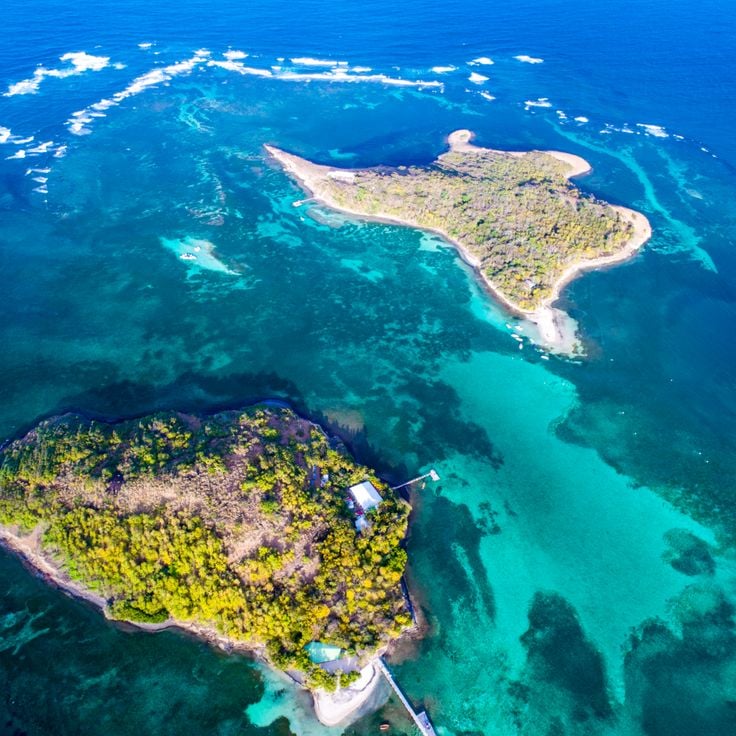
Le François, Martinique
This small island provides access to coral reefs for swimming and snorkeling. A restaurant serves local dishes.

Le François, Martinique
A historic estate with a 19th-century rum distillery. The site displays rum production processes and Creole architecture.

Fort-de-France, Martinique
A botanical garden with 3000 plant species and tree canopy walkways. The bridge overlooks the northern landscape.
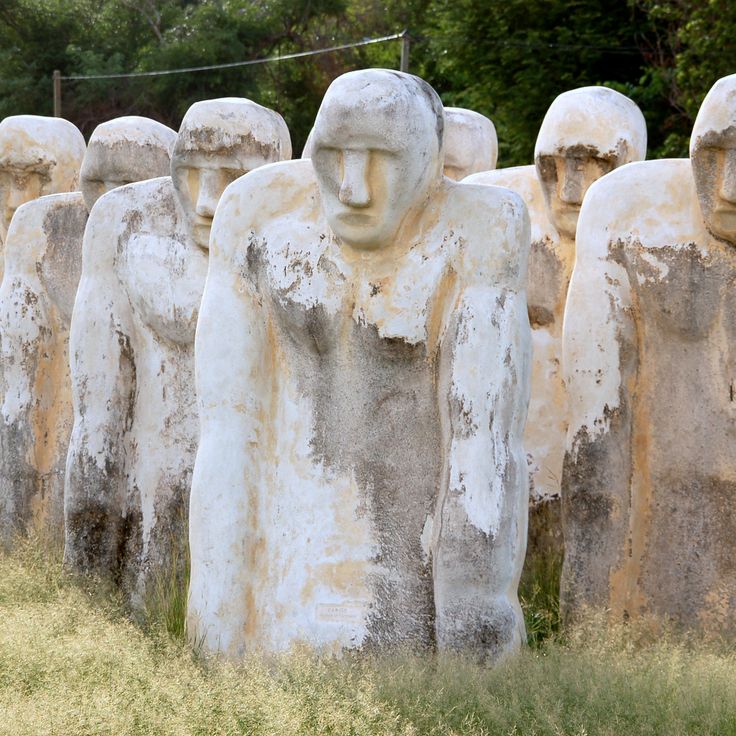
Le Diamant, Martinique
Fifteen white concrete statues stand on the beach. They commemorate people who died in a shipwreck in 1830.
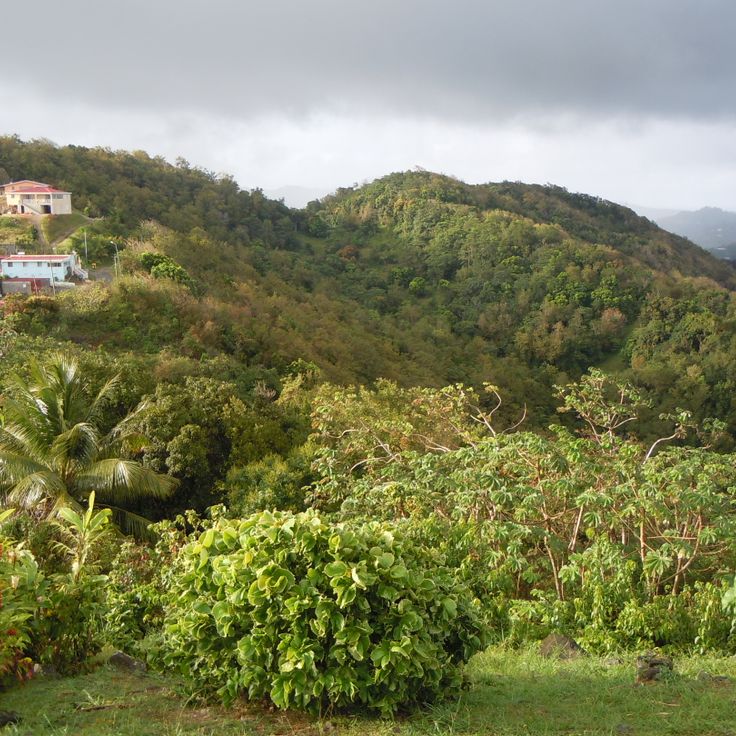
Sainte-Anne, Martinique
The small cove features a protected sandy beach with clear waters and palm trees along the coastline.
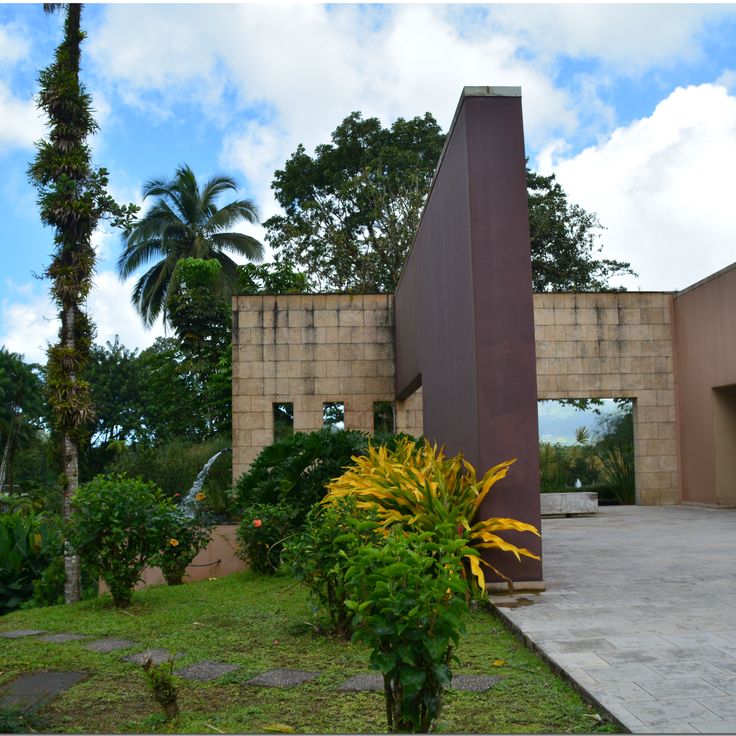
Le Morne-Rouge, Martinique
The nature park offers marked paths through the rainforest, a visitor center and information about local plants.
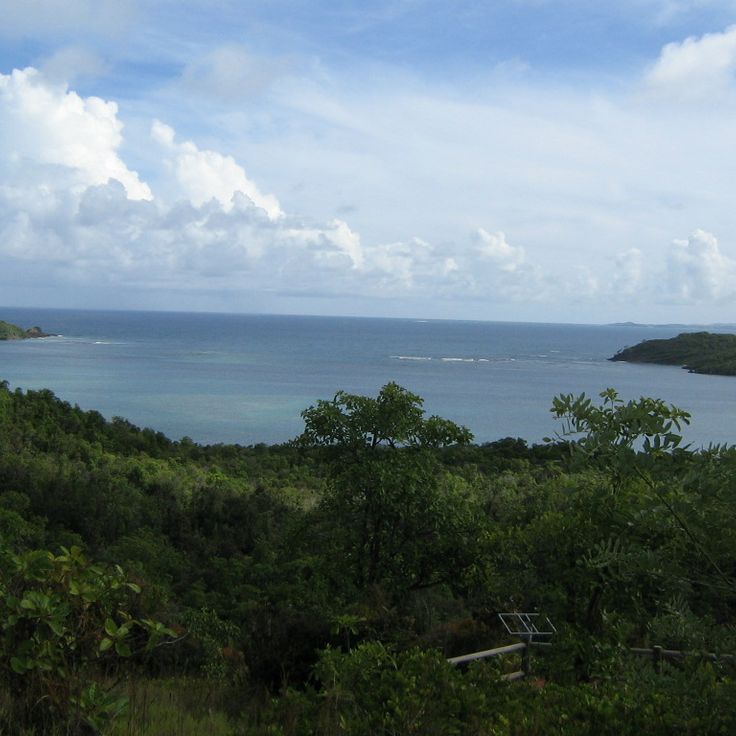
La Trinité, Martinique
The protected area contains mangroves, beaches and historical ruins with viewpoints over the Atlantic coast.
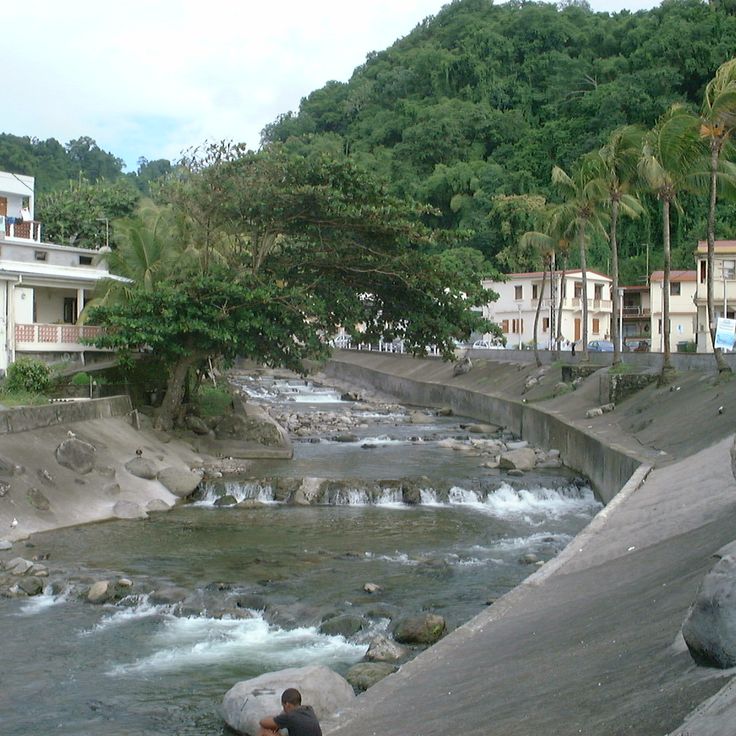
Grand'Rivière, Martinique
The village features a small fishing harbor, local restaurants with traditional cuisine and walking paths in the surroundings.
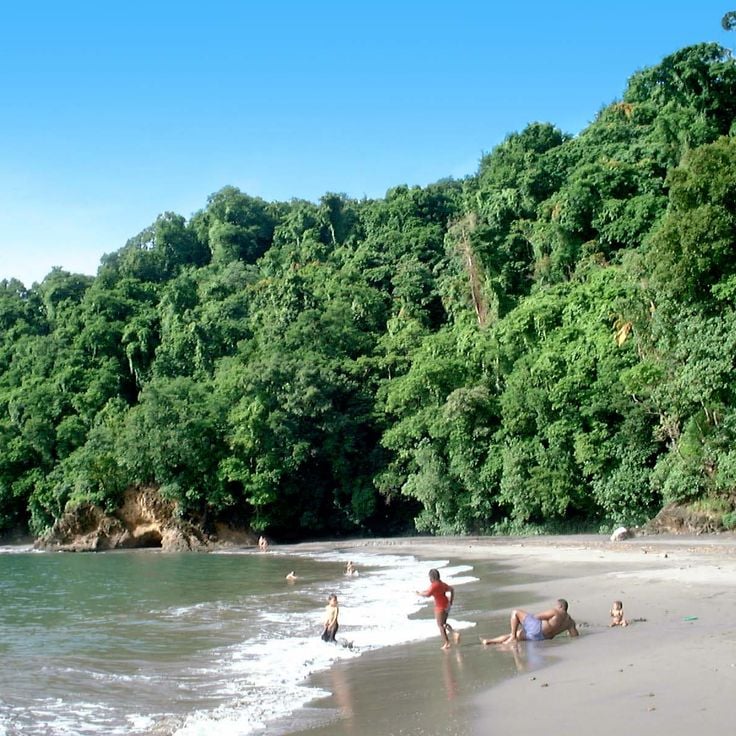
Le Prêcheur, Martinique
Daily fishing excursions show visitors the underwater world, coral reefs and rocky coastline of the Caribbean Sea.

Fort-de-France, Martinique
The waterfall sits at the end of a 300-meter tunnel and drops into a natural swimming basin with 24-degree water.

Sainte-Anne, Martinique
The area contains petrified tree trunks from volcanic times and stone formations created through erosion.
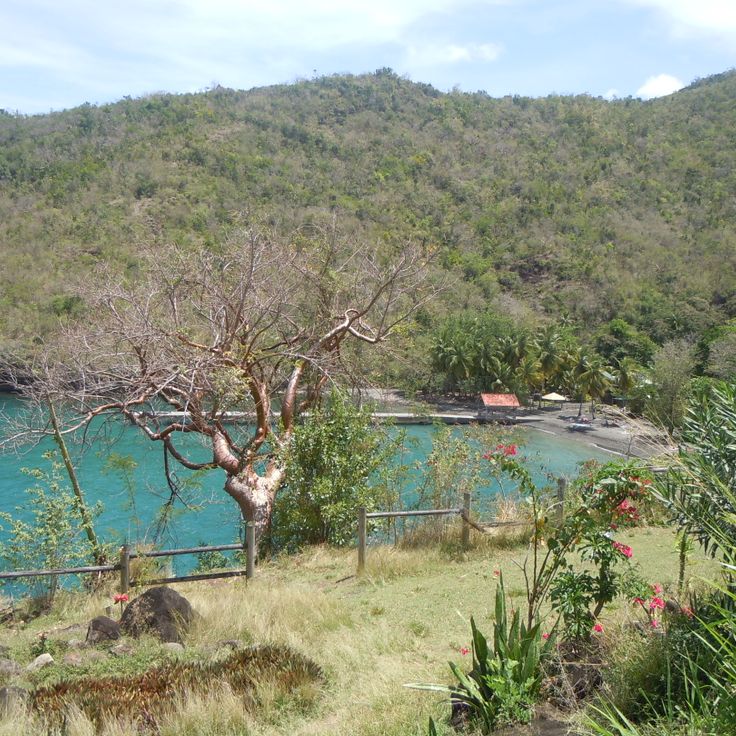
Les Anses-d'Arlet, Martinique
A 100-meter beach with black volcanic sand, surrounded by mangroves and numerous tropical fish in the water.
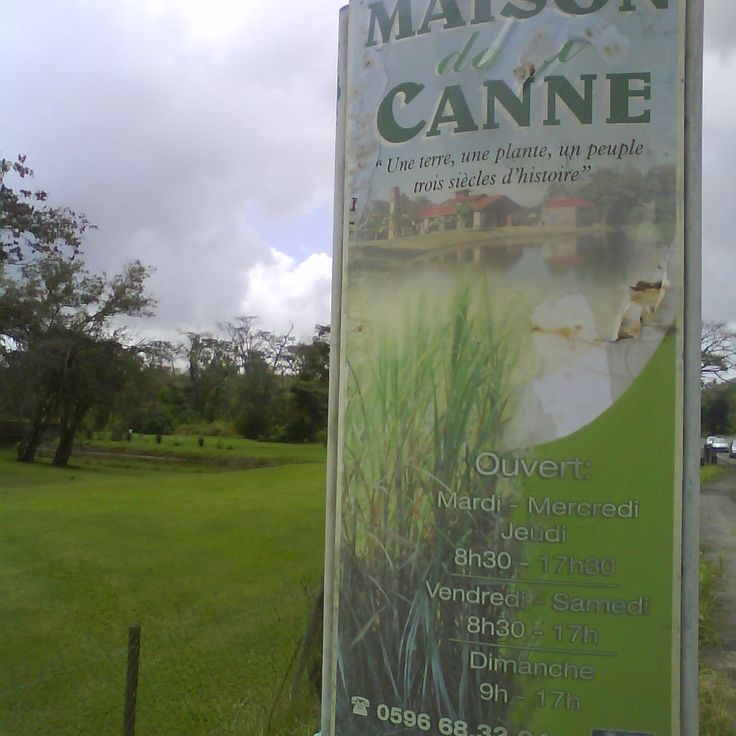
Les Trois-Îlets, Martinique
The former sugar cane house displays tools, documents and photographs about the industrial history of the island from 1660 to present.
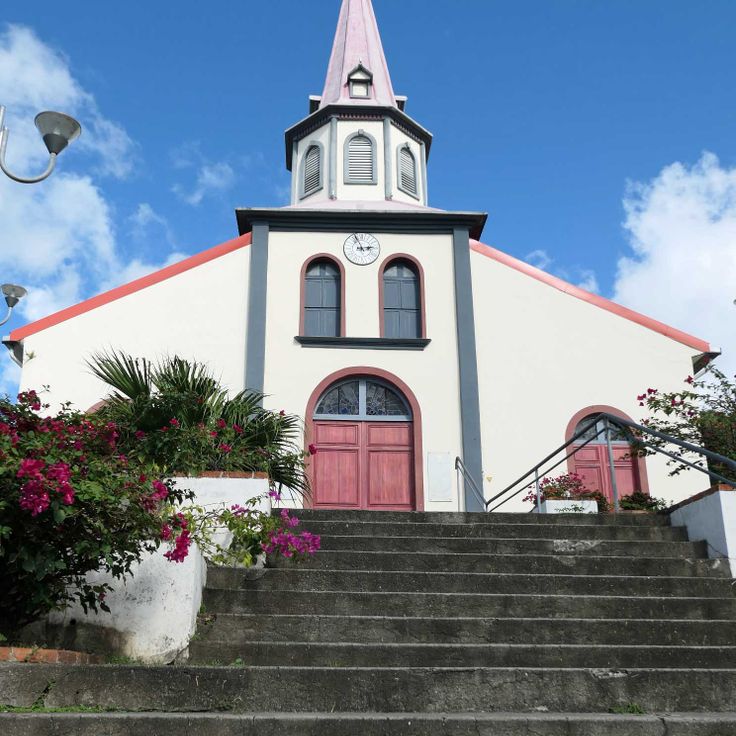
Morne-Vert, Martinique
Religious building from the 19th century situated on a hill overlooking green valleys and the volcano.
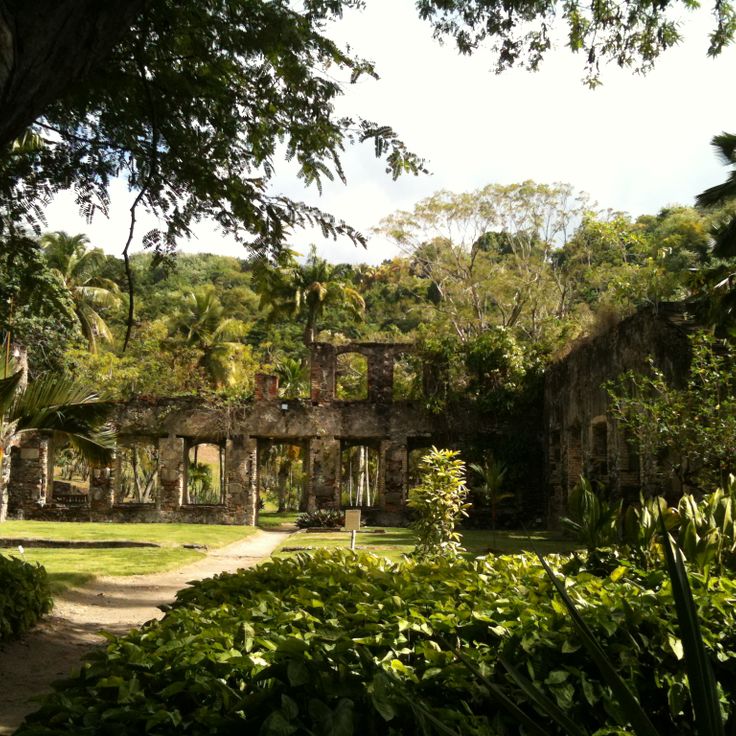
Le Carbet, Martinique
Remains of a 17th century sugar plantation with information panels about the colonial history of the region.
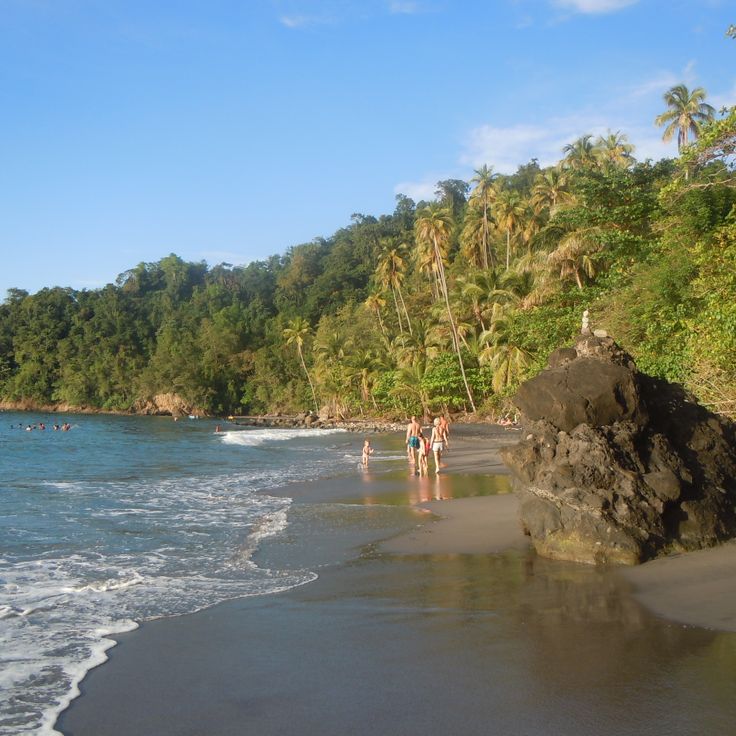
Le Prêcheur, Martinique
Natural bay with volcanic sand, surrounded by tropical vegetation and hiking trails through the rainforest.
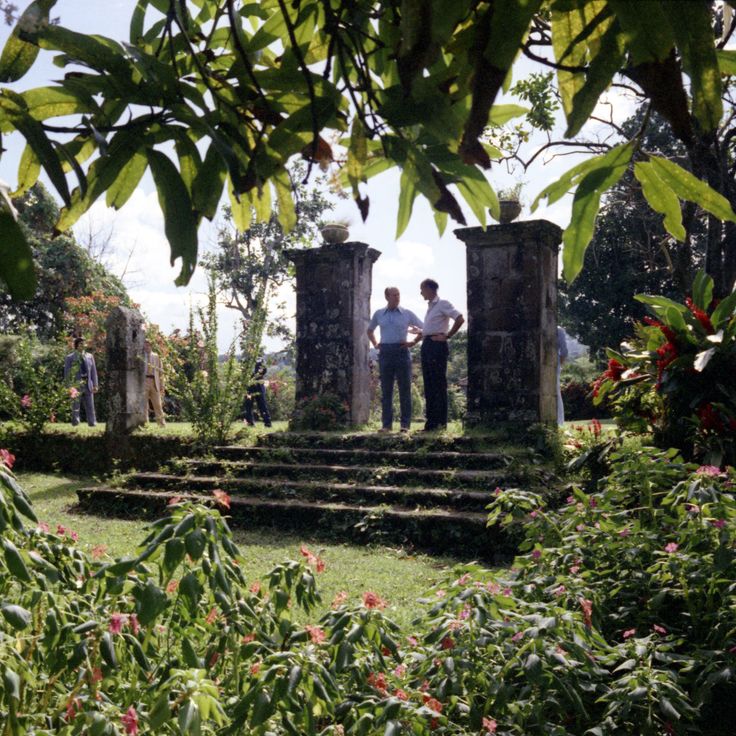
Basse-Pointe, Martinique
This colonial residence from the 18th century displays native plants, period furniture and agricultural tools from the colonial era.
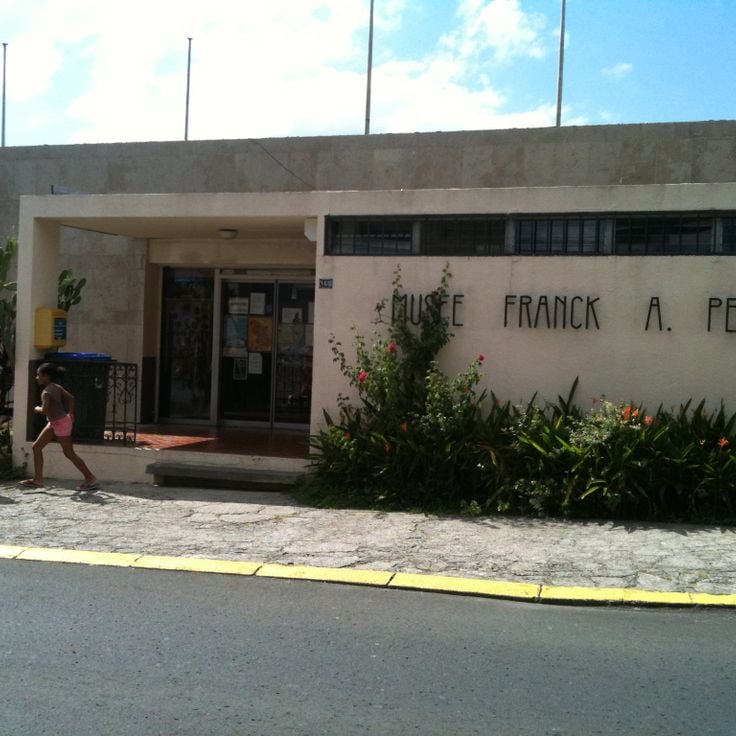
Saint-Pierre, Martinique
The exhibition contains geological samples, photographs and artifacts from Mount Pelée volcanic eruptions.

Le Diamant, Martinique
The 175-meter basalt rock sits 3 kilometers offshore and provides diving areas with corals and fish schools.
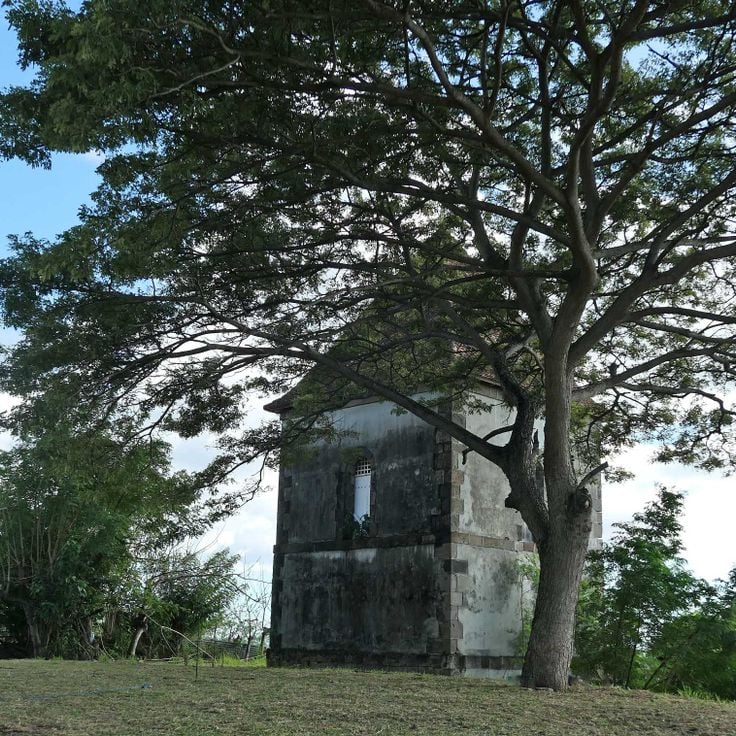
Le Prêcheur, Martinique
This 17th century sugar cane plantation houses a 300-year-old Saman tree and displays historical production methods.
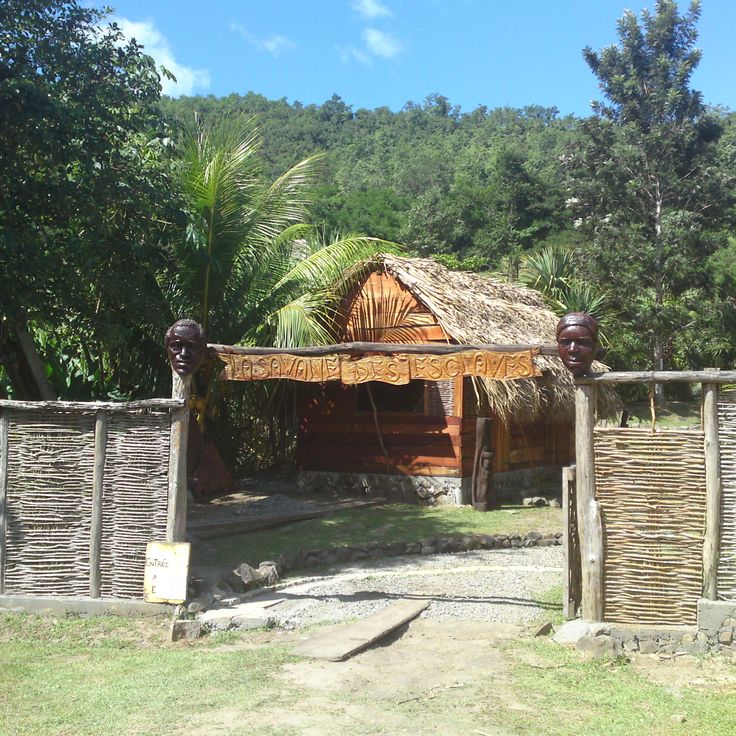
Les Trois-Îlets, Martinique
An outdoor museum depicting the history of slavery and traditional Creole lifestyle through reconstructed huts and exhibits.

Sainte-Marie, Martinique
An islet that connects to the main island via a tombolo accessible during low tide.
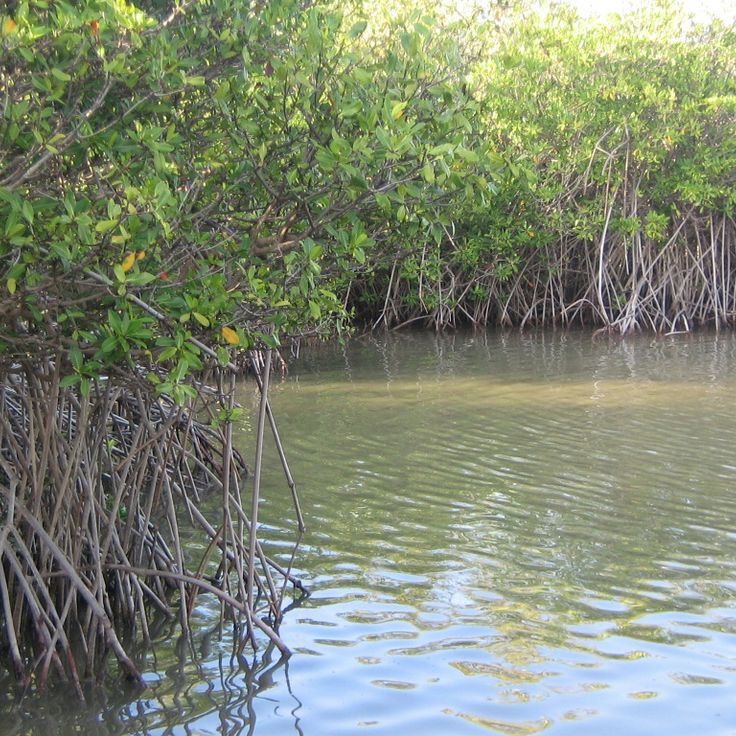
Sainte-Anne, Martinique
A nature reserve featuring a large pond, surrounded by mangroves and a variety of bird species.
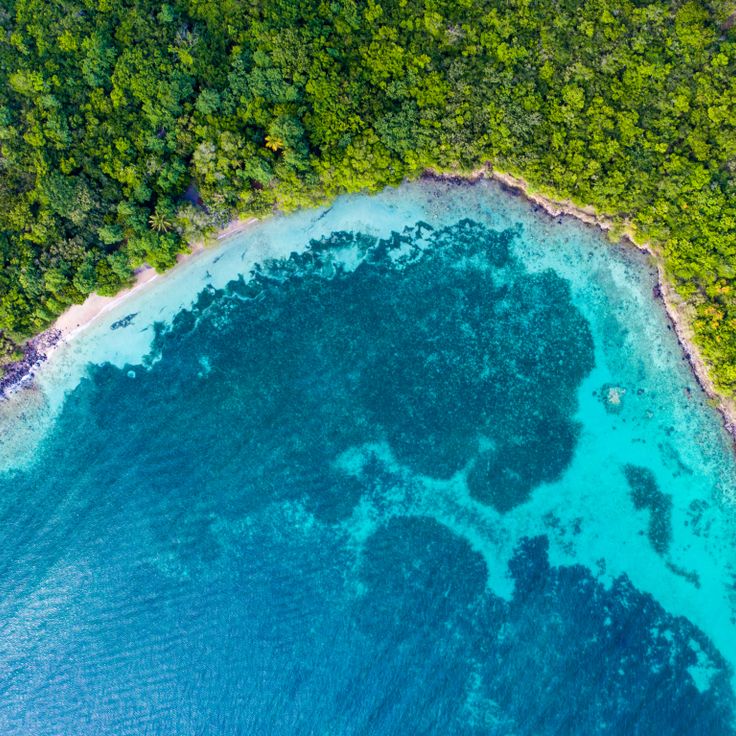
Marin, Martinique
A cape with views of the water, offering a quiet location for activities in nature.
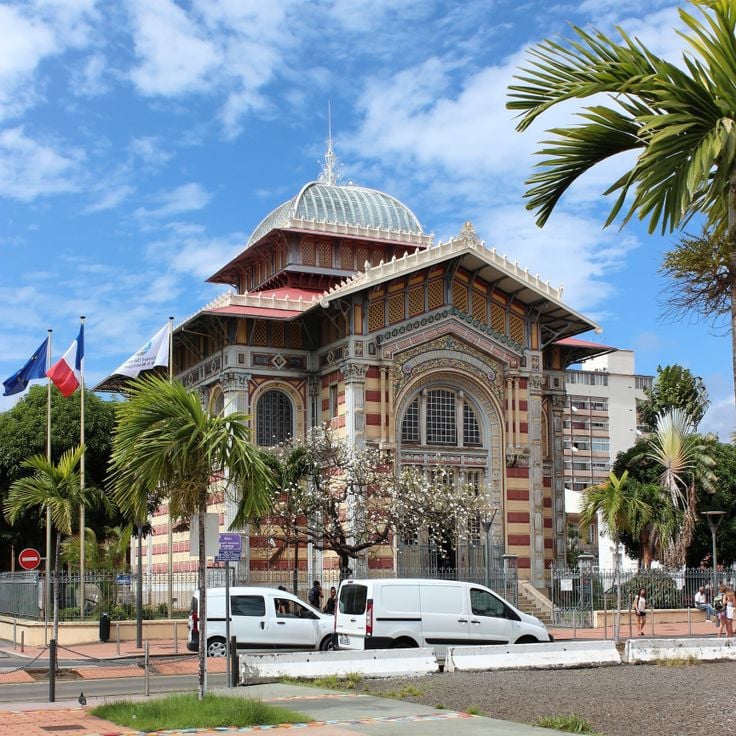
Fort-de-France, Martinique
Built in 1893, the building displays a mix of French and Caribbean architecture with metal framework and colored glass windows.
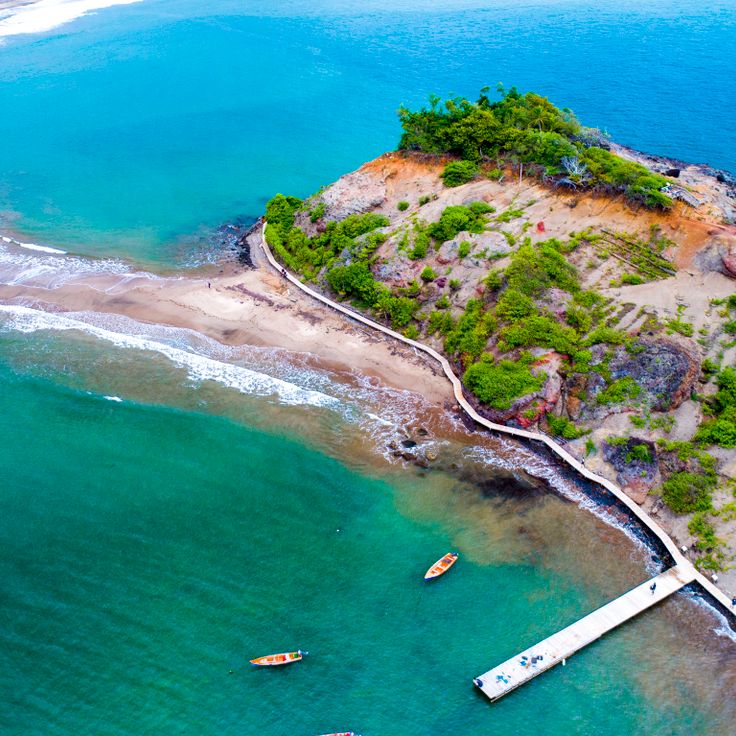
Sainte-Marie, Martinique
A 400-meter sand bank appears between April and August during low tide, connecting the mainland to the offshore island.

Rivière-Pilote, Martinique
The museum documents rum production history and displays traditional tools, equipment, and production methods of the region.
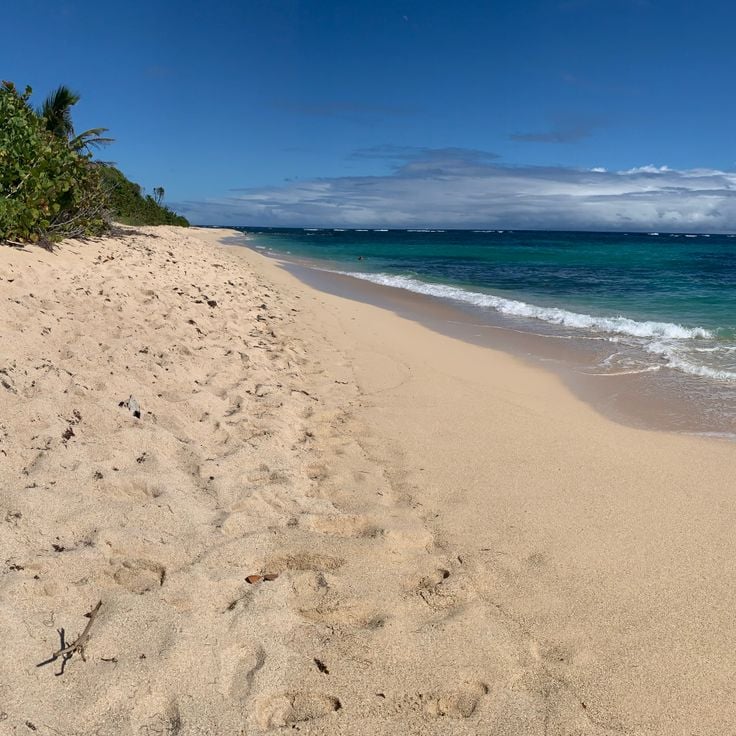
Sainte-Anne, Martinique
A 300-meter sand beach with palm trees, mangroves and rocks offers opportunities for swimming and snorkeling.
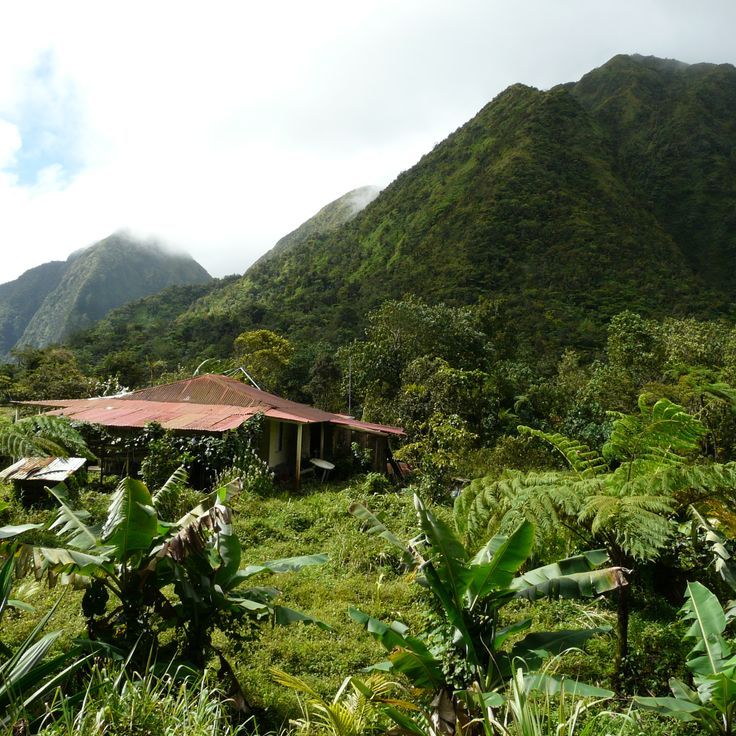
Le Morne-Vert, Martinique
The five volcanic summits reach heights between 1020 and 1196 meters and are connected by marked hiking paths.
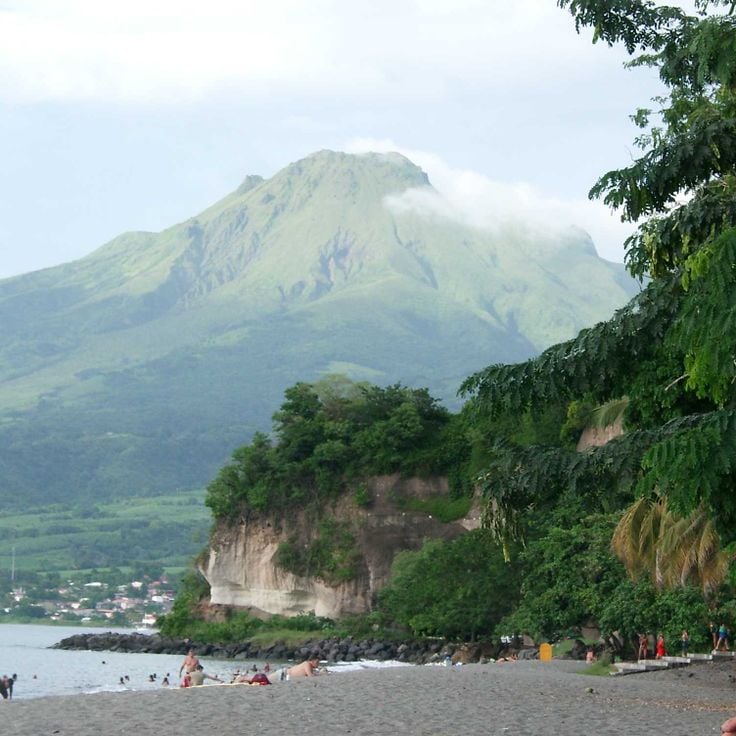
Saint-Pierre, Martinique
The volcano with a height of 1397 meters had its last eruption in 1932. Several routes lead to the summit.
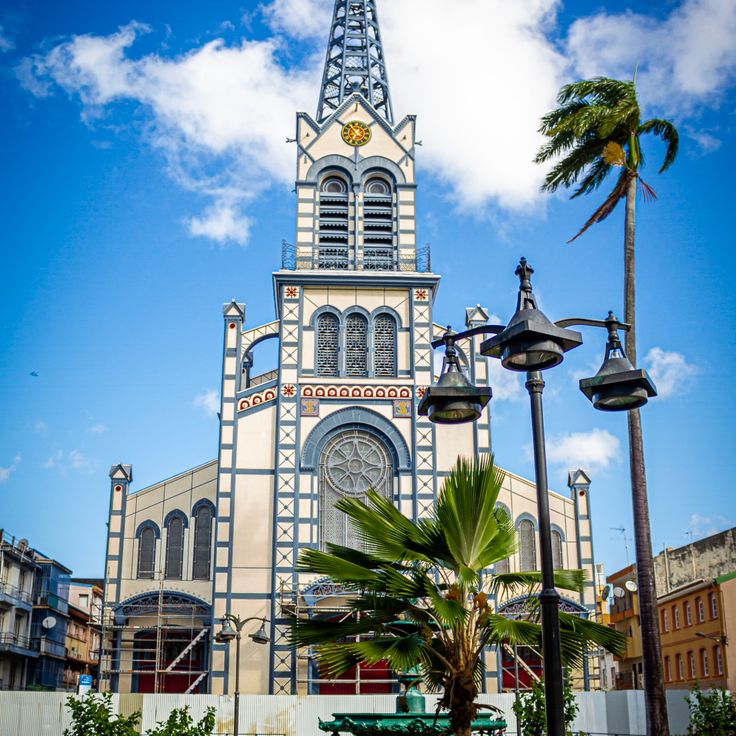
Fort-de-France, Martinique
The religious building made of iron and stone was constructed in 1895. The structure withstood several earthquakes and hurricanes.
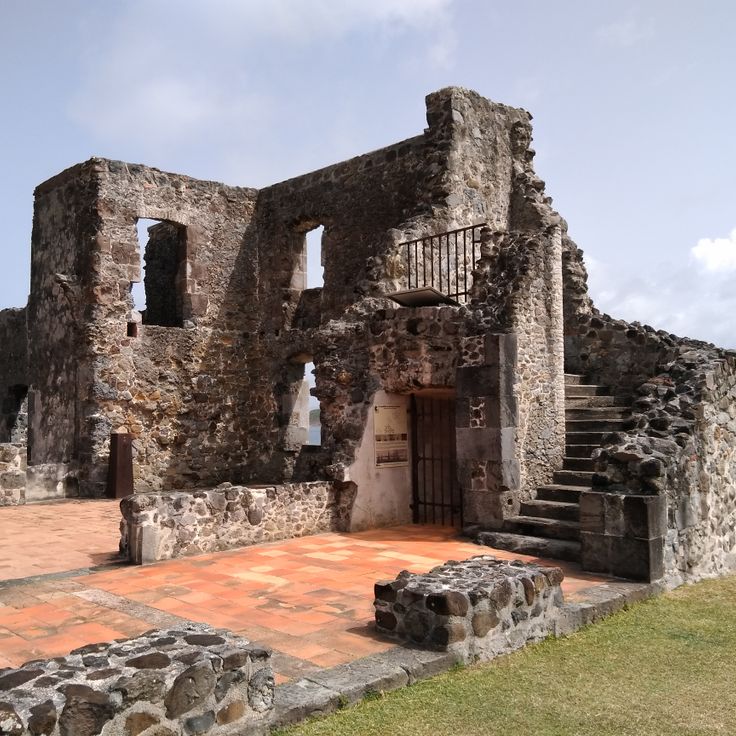
La Trinité, Martinique
The remains of the colonial residence from 1725 show the foundations, walls and a lime kiln of the historical sugar plantation.